Excitement vs. Anxiety: How to Tell the Difference in Your Dog
As a professional dog trainer, I often get asked, "Is my dog just excited, or is this actually anxiety?" The truth is, excitement and anxiety can look very similar on the surface. Both can involve high energy, barking, pacing, or jumping. But the underlying emotion—and how we respond—can make all the difference in a dog’s behavior and well-being.
Understanding the difference is essential for providing the right support, avoiding reinforcement of unwanted behaviors, and fostering a balanced, confident dog.
Excitement and Anxiety: Why It Matters
Excitement is a natural, healthy response to things your dog enjoys—like playtime, a walk, or your return home. It typically passes quickly and is accompanied by a happy demeanor.
Anxiety, on the other hand, stems from stress or fear and can lead to behavioral problems, including destructive chewing, excessive barking, or even aggression. Left unaddressed, anxiety can worsen and impact your dog's overall quality of life.
So how can you tell them apart?
Key Differences Between Excitement and Anxiety in Dogs
1. Body Language
Excitement: Loose, wiggly body. Tail wagging in wide arcs. Bright, alert eyes. Bouncy movement. Open mouth with relaxed panting.
Anxiety: Tense body. Tail tucked or low. Ears pinned back. Whale eye (seeing the whites of the eyes). Lip licking, yawning (as stress signals), or trembling.
2. Triggers
Excitement Triggers: Familiar people, favorite toys, walks, mealtime, or play.
Anxiety Triggers: Unfamiliar environments, loud noises, being left alone (separation anxiety), or certain people or dogs.
3. Duration
Excitement: Short-lived. Your dog settles quickly after the exciting event begins.
Anxiety: Persistent. Your dog may stay alert or on edge long after the trigger has passed.
4. Vocalizations
Excitement: Happy barks, whines, or playful growls. Often rhythmic or higher-pitched.
Anxiety: Whining, whimpering, excessive barking. Often frantic, continuous, or accompanied by pacing.
5. Behavior Patterns
Excitement: Jumping, zoomies, spinning, wagging. Often directed toward engagement.
Anxiety: Avoidance, escape behavior (trying to flee), destructive chewing, digging, or self-soothing behaviors like licking paws or hiding.
Real-Life Example: Coming Home
Let’s say you walk in the door, and your dog runs up, tail wagging, jumps, and barks. If they settle within a minute or two, that’s excitement. If instead, they continue pacing, whining, or shadow you room to room, showing signs of distress, that’s more likely anxiety—especially if the behavior is intense or compulsive.
How to Support Your Dog
If It’s Excitement:
Set boundaries. Wait for calm behavior before petting or giving attention.
Use training. Teach a “sit” or “place” command as a calm greeting alternative.
Stay consistent. Reinforce calmness every time to avoid over-arousal.
If It’s Anxiety:
Identify and manage triggers. Keep a behavior journal if needed.
Create a safe space. A crate, mat, or quiet room can help.
Consider desensitization training. Gradual exposure under professional guidance.
Speak to a vet or behaviorist. Anxiety can have medical or neurological roots and may require additional support.
Final Thoughts
Being able to recognize whether your dog is excited or anxious empowers you to respond with empathy and the right techniques. Excitement is something to shape into polite behavior. Anxiety is a signal that your dog needs help to feel safe and secure.
As trainers, we always look at the whole dog—behavior, body language, environment, and history. If you’re unsure about your dog’s emotional state or you’ve tried to manage behavior with little progress, don’t hesitate to reach out to a certified trainer or behavior consultant. Early intervention can make a world of difference.
